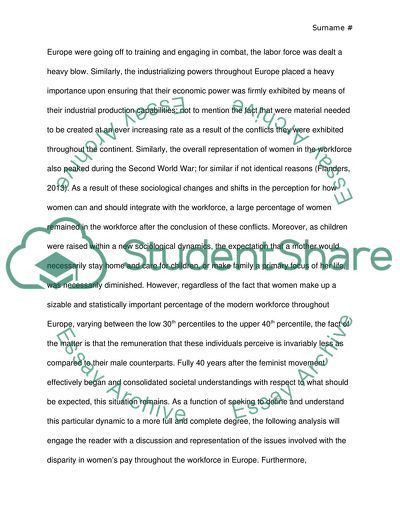Cite this document
(Contemporary issues in employment relations - Gender pay gap Essay, n.d.)
Contemporary issues in employment relations - Gender pay gap Essay. https://studentshare.org/gender-sexual-studies/1830518-contemporary-issues-in-employment-relations-gender-pay-gap
Contemporary issues in employment relations - Gender pay gap Essay. https://studentshare.org/gender-sexual-studies/1830518-contemporary-issues-in-employment-relations-gender-pay-gap
(Contemporary Issues in Employment Relations - Gender Pay Gap Essay)
Contemporary Issues in Employment Relations - Gender Pay Gap Essay. https://studentshare.org/gender-sexual-studies/1830518-contemporary-issues-in-employment-relations-gender-pay-gap.
Contemporary Issues in Employment Relations - Gender Pay Gap Essay. https://studentshare.org/gender-sexual-studies/1830518-contemporary-issues-in-employment-relations-gender-pay-gap.
“Contemporary Issues in Employment Relations - Gender Pay Gap Essay”. https://studentshare.org/gender-sexual-studies/1830518-contemporary-issues-in-employment-relations-gender-pay-gap.


